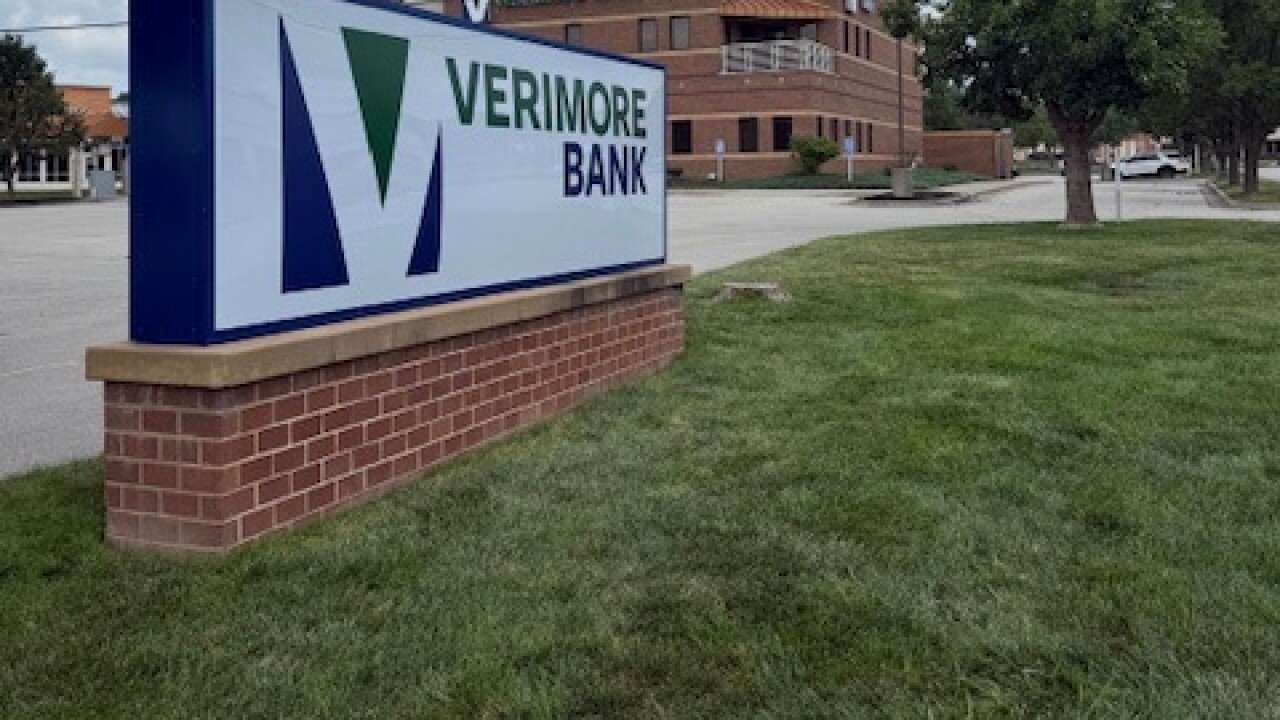Looking to regain market share in the United States, NCR Corp., the world's largest manufacturer of automated teller machines, said Tuesday that it plans to triple its sales force devoted to community banks, thrifts, and credit unions.
It wants to sell ATM hardware, software, and maintenance services to institutions that own fewer than 100 ATMs, to try to turn them into larger customers. Since many smaller banks have not yet upgraded their ATM fleets to comply with the Americans with Disabilities Act or the Triple Data Encryption standard, NCR sees a lot of opportunities.
The ADA requires that banks make ATMs accessible to the blind and those who use wheelchairs. Triple DES is an encryption meant to make transaction interception more difficult.
NCR executives acknowledged that for several years it has not performed well in the smaller-bank segment. "I wouldn't say we de-emphasized this market space, but in all honesty, we took our eye off the ball," said Tom Conroy, the area vice president for national accounts at the Dayton, Ohio, company.
Mr. Conroy said retail trends could help his company coax smaller banks to become bigger ATM deployers. "Let's face it, more people who bank with community banks go through self-service more than they ever have before," he said. Larger banks for years have been weaning customers away from teller lines to ATMs, Internet banking, and telephone banking. "Our community bank business partners need to move in that same direction," he said.
Dave Petro, the executive vice president of ICBA Bancard, the payments subsidiary of the Independent Community Bankers of America, said that community banks are changing dramatically. "They're clearly not trying to drive customers out of their lobbies to just be serviced by machines, but they're trying to add machines to augment that service," he said.
ICBA members own an average of five ATMs, Mr. Petro said, but some own more than 100. He said he knew of none that owned more than 500.
According to a December issue of The Nilson Report, NCR was the leading manufacturer of ATMs in the world in 2001, but Diebold Inc., of North Canton, Ohio, was the top vendor in the U.S. market that year.
David Robertson, the industry newsletter's publisher, said that NCR's move could pay off in several ways. "The margins are much better when you're selling to community banks, because they can't demand the discounts that larger financial institutions can," he said. "Additionally, you've got opportunities for long-term lucrative revenue streams for servicing the devices."
But Mr. Robertson said he doubted there would be a "quick turnaround for any of these vendors in North America. It will be a factor of whether or not the financial institutions are committed to upgrading. That varies on an institution-by-institution basis."
Erick Brethenoux, a Lazard Freres & Co. vice president who follows NCR, said it was too early to assess this NCR strategy. Because of the economy, most banks are after short-term gains, he said.
"How much do we spend on ATMs and what type of return do we get?" is the main question banks are asking themselves, he said.





